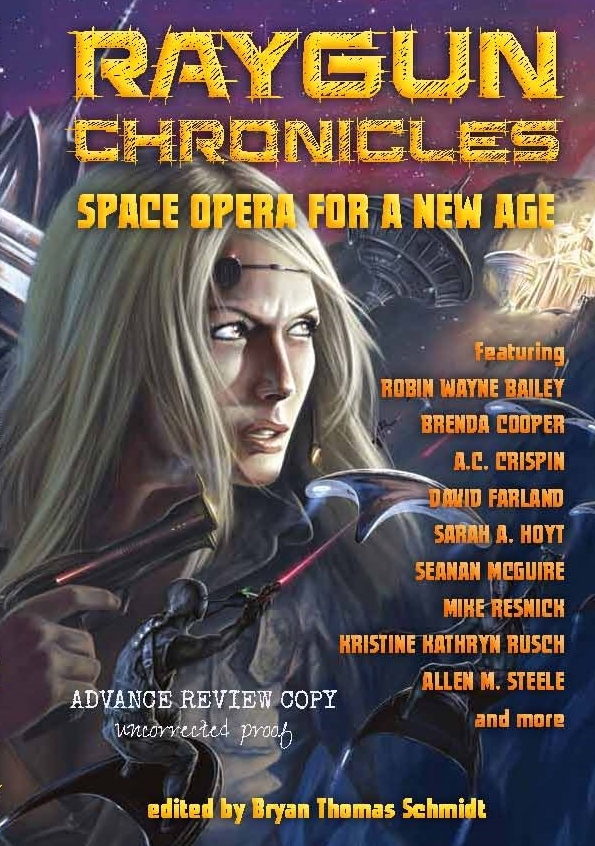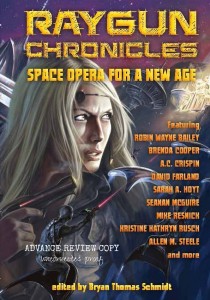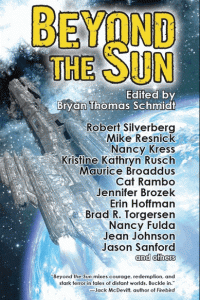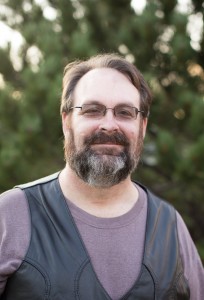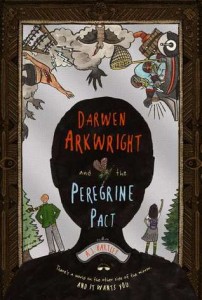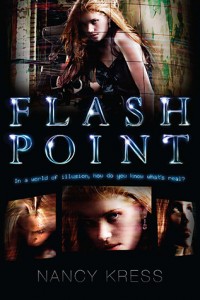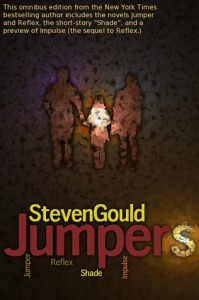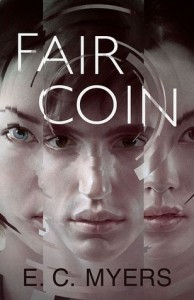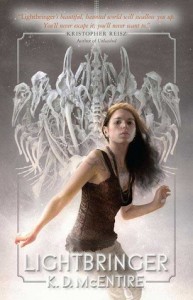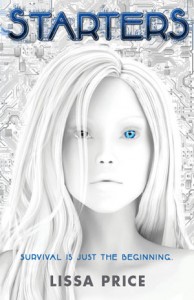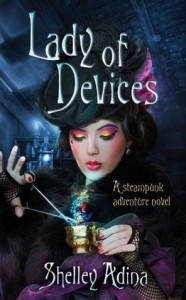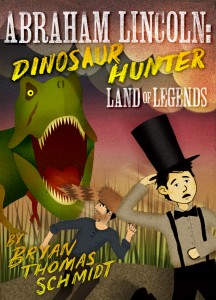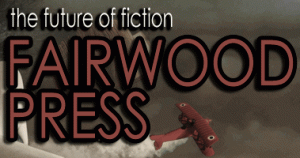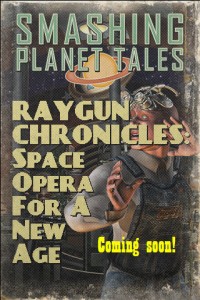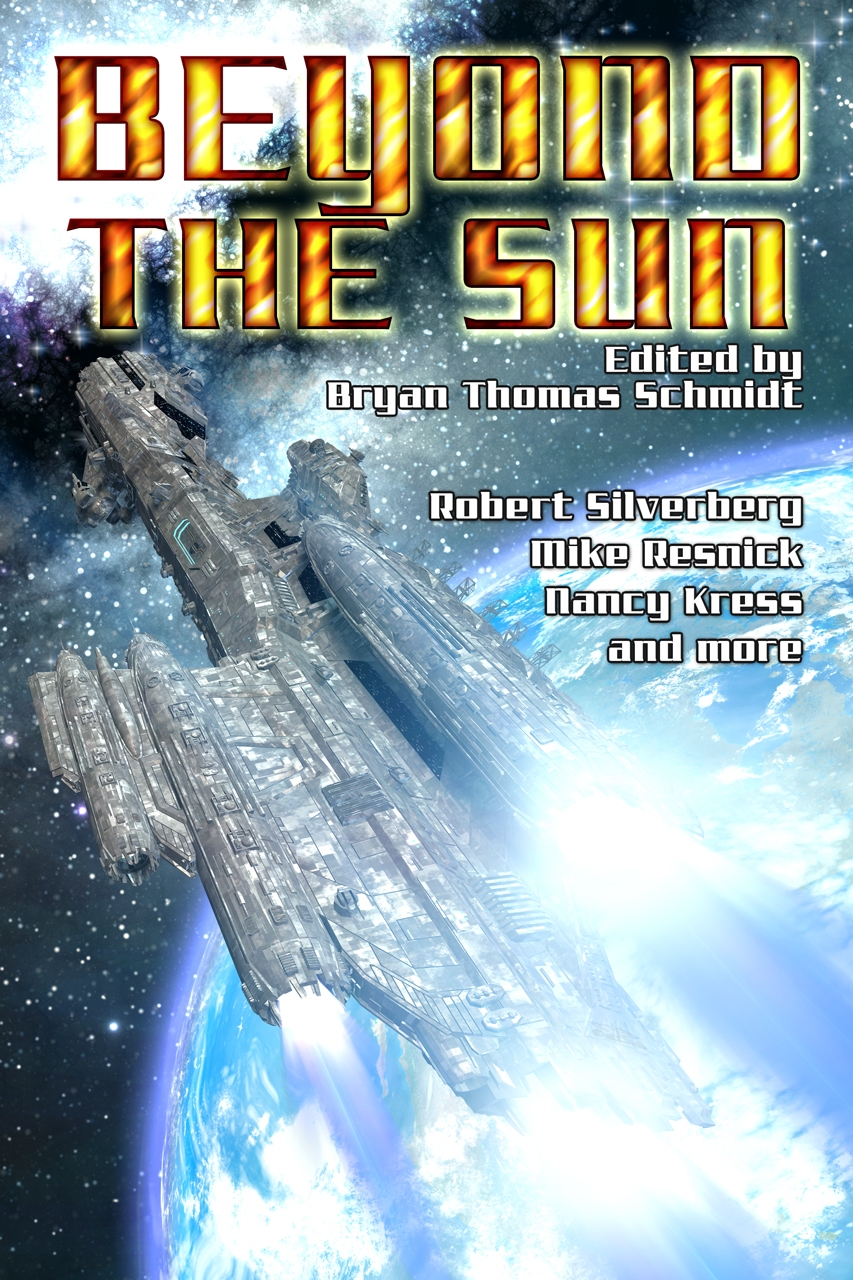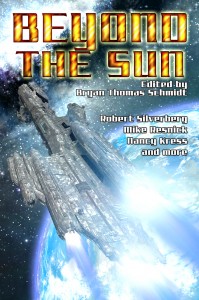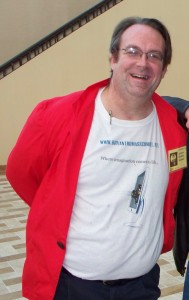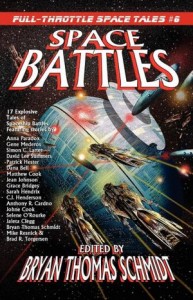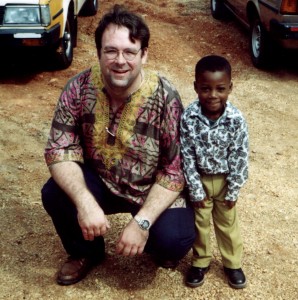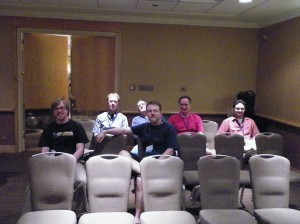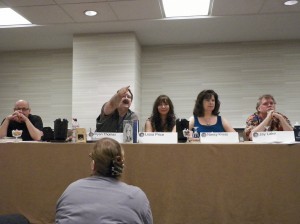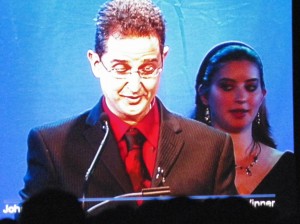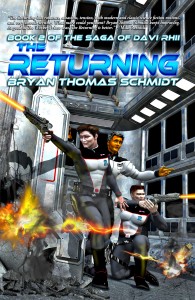 The following is an excerpt from my book How To Write a Novel: The Fundamentals of Fiction Chapter 12: Beginnings, Middles, and Ends, the first of three parts in a series covering Beginnings, Middles, and Ends. To see part one, Beginnings, click here.
The following is an excerpt from my book How To Write a Novel: The Fundamentals of Fiction Chapter 12: Beginnings, Middles, and Ends, the first of three parts in a series covering Beginnings, Middles, and Ends. To see part one, Beginnings, click here.
Middles
The middle of your book makes up its largest section: Act Two. It is half the book in length generally. This is often the section where writers struggle to find focus and feel bogged down. It helps if you approach your middle (Act Two) using the Syd Field paradigm we discussed in Chapter 2 on Three Act Structure, considering it two parts of a whole, divided by a Mid-Point. Everything after the Plot Point I turning point of Act One forms an Ascending arc that rises toward the Mid-Point. Everything after the Mid-Point forms a Descending arc that descends toward the climax. On a chart, it looks something like this:
The arcs represent the curve of the action, emotion and character development, which rise in the first half toward the Mid-Point and then descend after to the Climax. In her book Beginnings, Middles, and Ends, Nancy Kress writes: “The middle of a story develop’s the story’s implicit promise by dramatizing incidents that increase conflict, reveal character, and put in place all the various forces that will collide at the story’s climax.”
In the first half of Act One, it is very much a journey of discovery as the character experiences Plot Point I—a Call To Action—and responds, trying to rise above his or her weakness, overcome obstacles, and gather the clues or complete the steps necessary to be ready to face the Antagonist. The Mid-Point, as we will discuss in a moment, is the point where the Character has a revelation that changes him or her in a way that redefines the journey and sends him on a descending arc toward the final confrontation—possessed of more certainty about where she must go and what she must do and more confidence to do it. This is why the Mid-Point is so important. Although it is not always an overtly dramatic moment, it must always be an internally dramatic one.
The Mid-Point
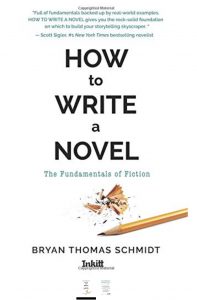 As we discussed in my post on Three Act Structure, the Mid-Point is a key turning point where the drama goes from Ascending to Descending. Something happens that twists the story a bit, either personal revelation for your protagonist or reveal or event that changes direction and pushes him or her forward into the second half of Act Two on their drive toward the final confrontation. Although the Turning Points at the ends of Act One and Act Two tend to be larger dramatically, this event is still a significant moment. It’s the scene where the protagonist and readers stop to take stock of how far they’ve come and put together many of the pieces further revealing the map they must follow going forward.
As we discussed in my post on Three Act Structure, the Mid-Point is a key turning point where the drama goes from Ascending to Descending. Something happens that twists the story a bit, either personal revelation for your protagonist or reveal or event that changes direction and pushes him or her forward into the second half of Act Two on their drive toward the final confrontation. Although the Turning Points at the ends of Act One and Act Two tend to be larger dramatically, this event is still a significant moment. It’s the scene where the protagonist and readers stop to take stock of how far they’ve come and put together many of the pieces further revealing the map they must follow going forward.
For authors, this is the same opportunity. A chance to look back at what you’ve done so far and regroup. You’ve established your setting and significant characters. You’ve set out your arcs and written one and half acts. You’ve described many key things that are recurring themes, settings, and items throughout the story. Ask yourself what you’re missing? Did you forget anything? Is anything confusing or unclear? Is anything feeling incomplete? What do you need to do to proceed on with confidence? Then take the time to tweak a bit and revisit or at least make appropriate notes in these places before continuing, so that you can revisit them later.
One of the common occurrences during a Mid-Point that is helpful to remember is a shift in driving motivation for your protagonist. The character has changed over the course of what you’ve written so far in several ways (or should). At this point, he or she will consider all that’s happened and reevaluate the why and how of the rest of the journey. The event, reveal, or revelation that serves as your Mid-Point is a great spot for them to solidify motivation, even revise it. For now they see things more clearly, they have more pieces to the puzzle, and they can reevaluate their chosen course and make corrections. Here’s where they go from an insecure, but determined person forced to embark on a heroic quest to a more confident, deliberate acting hero. Their growth journey is not over but they are much more sure of themselves, what they are doing, and why. And they have a much clearer sight of the endgame and the stakes as well. This should make them stronger in determination, vision, and even confidence, even if they and we still have doubts about whether they can succeed in reaching their goal. From the Mid-Point on, the protagonist moves with a new drive forward, even as the antagonist becomes more threatened and desperate in efforts to thwart the hero/heroine.
One of the best ways to work out the next phase is to examine the character and how they’ve changed so far. What has led to the changes and have they and we recognized actual change in attitude, approach, confidence, etc.? If not, perhaps work on tweaks that slowly reveal the change or use the Mid-Point for a big scene where the change is made manifest and we all realize it. Go back and look at the key scenes that set up that change and then consider where they need to be at the end of the story and imagine scenes you will need to complete the arc and get them there.
You can do the same with every plot and subplot in the story, revisiting key moments for each and planning the next steps needed to carry them to the natural conclusion. And by natural conclusion I don’t mean whatever comes. I mean what you envision as the best ending for the story. If you weren’t sure before, you should have a better idea what this is by now. Go back and look at your Three Act Structure outline of your ending. Does the ending you envision still look like what you envisioned at the beginning or does it need tweaks? Remember, in Chapter 2, I said your Outline was just a guideline and could change. This is a good point to reevaluate and restate or revise your goals so you know where you’re headed; what you’re working for.
It is also important to examine the Antagonist and any main supporting characters the same way. How have they changed? What led them there and where are they going the rest of the story? Having in your mind a clear sense of what is going on with your story and characters is key to feeling unstuck and prepared to write your second half. Mid-Points can often be points where a writer feels stuck and confused about where to go next. So thinking through all these key aspects is a great exercise for escaping that trap and being renewed in vision and confidence to continue on with a sense of direction.
What clues and key questions were asked and answered that provided the suspense and plot twists so far? Which are still unanswered that compel you and readers forward? And how will you answer them and in what order? Do you need to rethink any of them? Do you need to add or subtract any?
Take our earlier example of Star Wars, Luke Skywalker has now rescued the princess with Han and finds himself trapped in the Death Star Detention block with his companions, fighting against incredible odds. They must find or make a way out and get back to their ship. And then hope Ben Kenobi has disabled the tractor beam. From this point on, Act Two becomes a chase with Han and Chewie and Leia and Luke separately fighting their way back toward the Millennium Falcon to escape, while C3PO and R2D2 do their best to lend whatever aid they can and Kenobi reaches and disables the tractor beam then faces a confrontation of his own.
Looking at this famous story it is easy to identify a lot of key moments: from R2D2 revealing Leia’s message to Luke finding Ben to meeting Han to arrival at the Death Star which all led up to where they are now. Their goal remains clear: to get the plans and the princess back to the Rebel Alliance. And Luke has also learned many skills of the Jedi and how to fight and has gained confidence as a leader and hero that he never had in the beginning. He’s never embarked on such an important and dangerous quest before and he is actually pulling it off. He moves forward with a sense of drive and direction stronger than he had before. This is what good Mid-Points should do in a story.
Getting Through and Staying Unstuck
Middles are places a lot of writers get stuck. I used to find this a problem, until I started focusing on the throughline—a film industry term for the main plotline, the one that focuses on what happens between the protagonist and antagonist in the story. Since the middle is the core journey wherein the protagonist and antagonist prepare to confront each other and fight out their opposing goals, keeping this in focus can give your middle a sense of direction. Everything that happens should feed this storyline taking plot and characters toward that ultimate confrontation. In the first half, on the ascending arc, the focus is on preparing the character to know how to confront the antagonist and believe he or she is capable to do so. The second half, the descending arc, focuses on final preparations and moving directly and determinedly toward that final showdown as all the necessary pieces are put in place and final preparations taken. If you keep these two goals in focus, it should help shape your middle and allow you push through any uncertainty that blocks your writing.
Additional space in the middle is made up of the various subplots and the scenes required in their arcs. But again, every scene must serve character or plot growth. Every single scene. So before you write a scene, figure out what it accomplishes toward the throughline and the character growth necessary to get the protagonist and antagonist to that final confrontation. Knowing that will help you write the scene well and also give you a sense of its belonging in the story. If you have a scene you can’t answer this question about, don’t write it. It probably doesn’t belong yet, though it may be relevant later. You may just be trying to put it in the wrong spot.
Ultimately, if you are blocked, the problem is always internal, not external. Think of it like your character’s journey. You have flaws and obstacles to overcome. So to get past it, you should ask yourself some questions about why you are stuck. Is it fear—fear of failure, fear of success? Is the scene not a good fit for the advancement of plot or character at this point in the story? Have you answered all the questions in your story that led to this scene or is something missing? Make a list of the next few scenes you envision needing to advance your story and then consider whether they are in the right order or need to be adjusted. Does the present scene need to shift within that rough outline? That could also be why you are stuck. Your mind may know subconsciously you are not ready to write the scene you sat down to write and you need to go elsewhere first before you can make it work. Another trick is to think through the plots and subplots and ask to which the current scene contributes. Perhaps you have not revisited a certain plotline for a while and need to take a detour there before you can continue with the story or perhaps a certain scene can contribute to the advancement of multiple plot or character arcs and writing it that way will free up your mind so you can get to work.
Whatever the answer to these questions, the best approach is to always think in terms of the short term, not the overall when sitting down to write. Don’t think about sitting down to write the whole story but the scene at hand. Putting the rest of the task out of mind allows clarity of focus and single minded attention on the scene at hand, which can unclog any blockage or confusion or at least help reveal answers to the questions that are causing uncertainty. It also can be helpful to set word count goals and mini deadlines for yourself. Most professional writers write whether they feel like it or not and are prepared to completely toss aside a day’s output if warranted. They know that the act of writing is like exercise and doing it every day is key to progress, even if the usefulness of the output isn’t as equal some days as others. Often the very act of writing can get you over the hump and clear your thoughts, allowing you to regain focus. Sitting and stressing over a blank mind is not the helpful way. The only way to get more story is to write. Sometimes a trigger helps, and can be provided by reading another novel as your work. Something in the subgenre you are writing perhaps or something so different it completely takes your mind in different directions. The goal is to unclog your mind and regain clarity and focus. Whatever route works best to get you there is a good route to take.
Some writers use rewards to spur them to write, disciplining themselves to deny the rewards when they don’t reach word count or page number goals. Some writers research to break free of the fog, finding it stimulates new ways of thinking and various ideas that can open the mind and free it to write. Many find that discipline is key. For me, when discipline in one area drops, I find it bleeds into others. If I get lazy with exercise, I get lazy with writing, diet, bill paying, and so much more. So having focus in one area affects the others and it is key to my writing therefore to maintain a lifestyle of discipline in many areas. Certainly taking breaks to walk my dogs or exercise is a very good way to unblock by getting my mind on other things and pondering the scene and the questions I need to answer to be able to write. It will be different for every writer, so until you find the best method for you, experimentation may be necessary. But all of this is part of finding the way to write that works best for you.
Whatever you wind up doing, it may also help to have some idea of the climax you are working toward to write the middle that leads there. This is why the structural outlines I suggested in Chapter 2 can be good road maps to help you write. After all, knowing the goal and the destination is often the best way to sort out how to get there. And in fulfilling the promise of a satisfying climax, it is helpful to know where you’re going so you can set it up properly with foreshadowing, character growth, plot twists, clues, and the various pieces it will take for everything to fall in place that allow the climax to satisfy us both mentally and emotionally.
Next week, in Part 3, we will consider the Ending of your story—especially the Climax.

